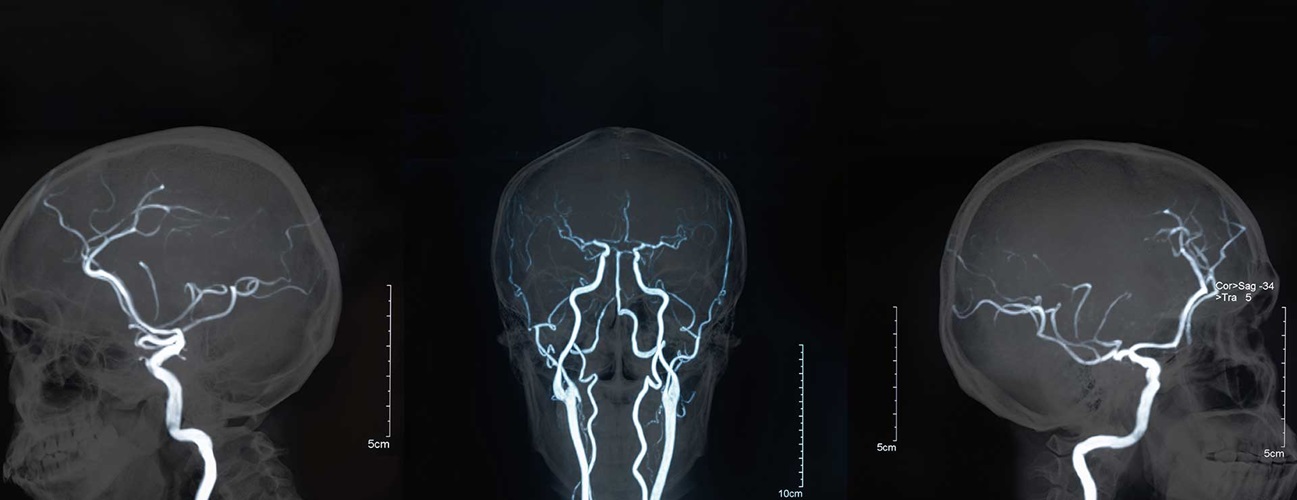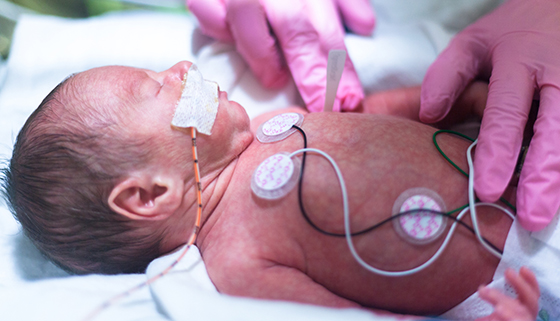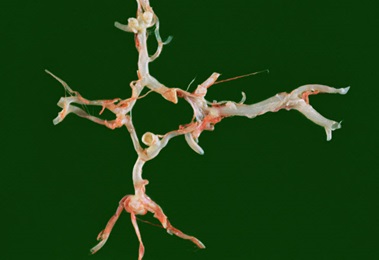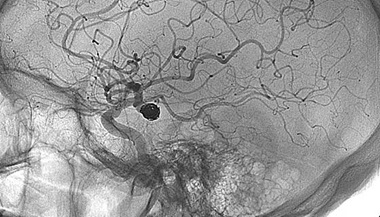Brain Aneurysm: 4 Things You Need to Know
Featured Expert:
When part of a blood vessel in your brain bulges, or balloons, it's called an aneurysm. Every brain aneurysm is unique in location, shape and size. These particulars guide your doctor in determining how — and whether — to treat a brain aneurysm.
Neurosurgeon Judy Huang, M.D., of the Johns Hopkins Department of Neurosurgery, provides insight into some of the most common questions behind brain aneurysm diagnosis and treatment.
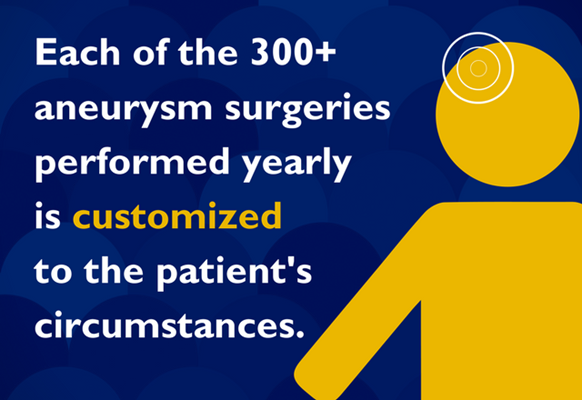
How do doctors diagnose a brain aneurysm?
A brain aneurysm may cause symptoms such as headaches or double vision. Many times, they cause no symptoms at all. Because of this, doctors often are first alerted to a brain aneurysm through an imaging scan you might get for a completely different reason.
Doctors use multiple tests to confirm a brain aneurysm diagnosis:
- MRA: A magnetic resonance angiogram (MRA) scan is a type of MRI scan that's specifically for blood vessels.
- CTA: This is a special type of CT scan that focuses on the blood vessels.
- Angiogram: For a traditional angiogram, doctors insert a catheter (a thin tube) into your body to see your blood vessels more clearly. It's the gold standard for diagnosing brain aneurysms because it gives a 3-D view of an aneurysm, offering precise details that help determine the best treatment for you.
What's the difference between a ruptured and an unruptured brain aneurysm?
A ruptured aneurysm, sometimes called a brain bleed, is when blood breaks through the aneurysm's wall and starts bleeding. This causes severe symptoms, such as a very painful headache like you've never felt before, and requires immediate medical care. With rapid, expert treatment, patients can often recover fully.
An unruptured brain aneurysm may cause zero symptoms. People can live with them for years before detection. If a brain aneurysm is unruptured, no blood has broken through the blood vessel walls. This means the "balloon" in your blood vessel remains intact.
For unruptured brain aneurysms, doctors will treat aneurysms that are more likely to bleed and leave certain others alone.
Once a brain aneurysm bleeds, or ruptures, it requires immediate medical care in a medical center designed to handle emergencies. If you think you are experiencing a ruptured brain aneurysm, dial 911 immediately.
Neurosurgeons use specialized procedures to treat ruptured and unruptured brain aneurysms, when appropriate:
- Microsurgical clipping: Neurosurgeons make a small opening in the skull and then place a titanium clip over the aneurysm to stop blood flow into the aneurysm.
- Endovascular coiling/stenting: In this newer approach, neurosurgeons place a stent, or tube, or other devices, such as coils, inside a blood vessel or aneurysm to divert blood flow away from an aneurysm.
How will my doctor know whether an aneurysm will cause a brain bleed?
When determining how likely a brain aneurysm is to bleed (or require treatment), your doctor will consider these factors:
- Size of the brain aneurysm
- Location of the brain aneurysm
- Shape of the aneurysm, meaning whether it's round or irregular
There are many effective treatment options for brain aneurysms today. Because of the nuances of brain aneurysms, care teams tailor treatment to each individual patient. Always be sure to consult with a neurosurgeon with cerebrovascular expertise.
At Johns Hopkins, each of the 300-plus brain aneurysm surgeries we perform yearly are customized specifically to an individual patient's circumstances.

